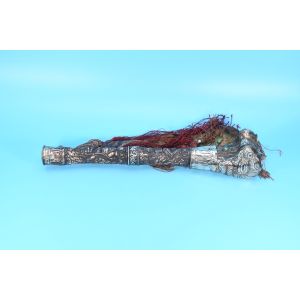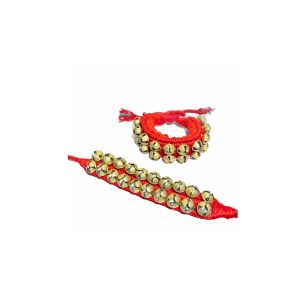Tibetan Conch Shell with Ganesh Hand Carved
| Seller | Handmade Handicraft |
|---|---|
| Product Tags | Tibetan Conch Shell, Ganesh Hand Carved, Ritual Object, Religious Object, Natural Sea conch shell, Hinduism shankha, Shankha, Buddhisim shankha |
| UK Size | 4 |
| Seller | Admin |









![Tibetan [Handmade] Gongs, 70cm [Various Symbol Mantra Design], High Quality Design](https://d3nqxxqpehs4i2.cloudfront.net/catalog/product/cache/bccbe1c2530315b0055a1812c47878a9/9/d/9dc516c1-8d75-4298-86e4-d13bcce00687.jpeg)



